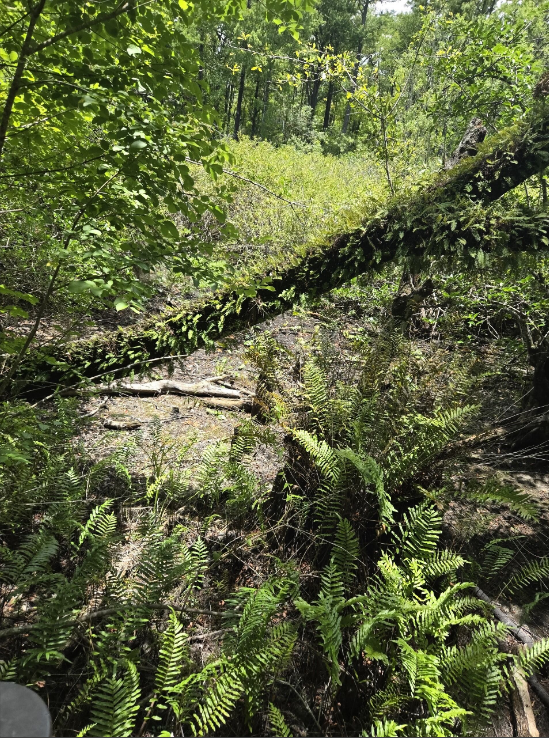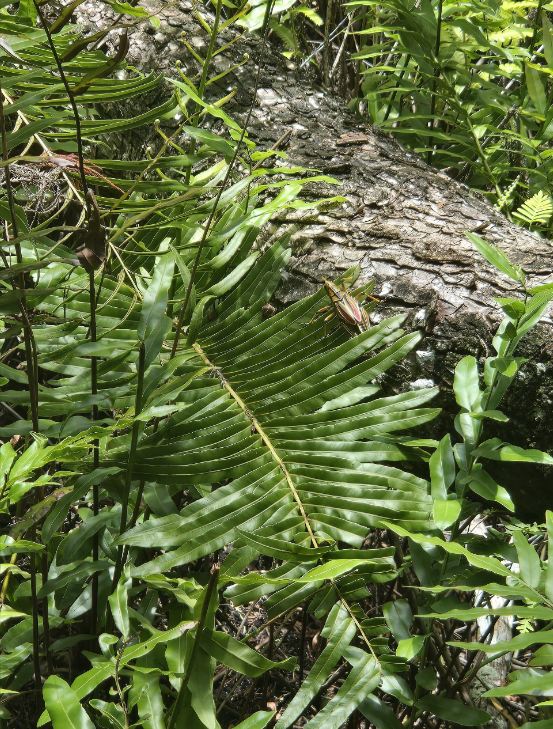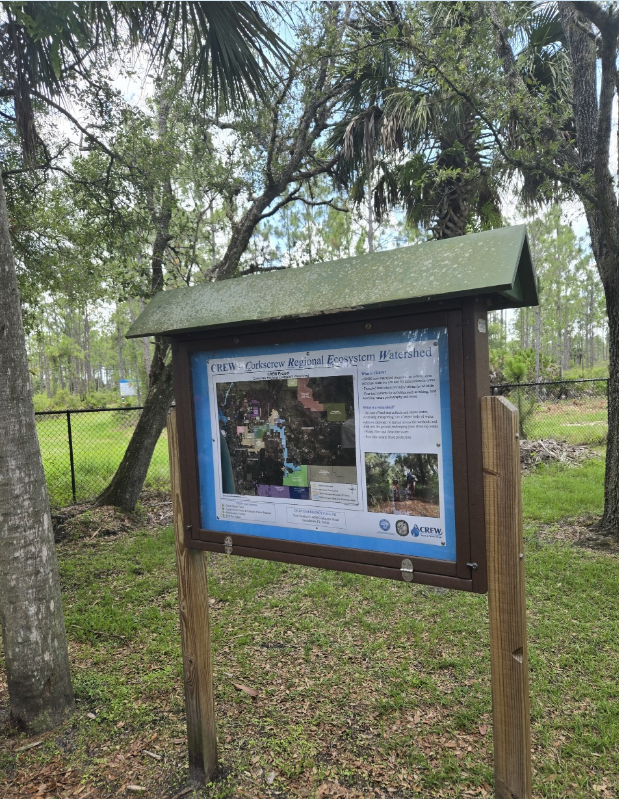JOURNAL 6 - BASED ON FT AT SIX MILES CYPRESS SLOUGH
Introduction & History
Located at 7751 Penzance Blvd, Fort Myers, FL 33966, the Six Mile Cypress Slough is an important nature area that offers a unique view of our regions natural wetland ecosystems. The nature preserve stretches approximately 9 miles in length and is about one-third of a mile wide, encompassing over 3,500 acres. The preservation of the Six Mile Cypress Slough began in 1976 when a group of Fort Myers high school students, known as the "Monday Group," raised awareness about the rapid loss of Florida's wetlands. Their efforts led to a local referendum, resulting in Lee County residents approving a tax to fund the purchase and protection of the slough. This initiative marked one of the county's earliest land conservation projects. Over the years, the preserve has expanded through additional acquisitions, including a significant addition in 2009, which increased its size to nearly 2,500 acres. Today, it encompasses over 3,500 acres, thanks to continued efforts by local organizations and government agencies.
Significance & Threats
The Six Mile Cypress Slough is a crucial natural area that plays an important role in protecting southwest Florida’s environment. It helps filter and clean stormwater before it reaches local estuaries, while also reducing flooding by absorbing excess rainwater. The preserve provides a safe habitat for a wide range of wildlife, including endangered species, and acts as a carbon sink that helps combat climate change due to its wide variety of plants, which help cleanse the air of carbon dioxide. It also serves as a space for public education as well as recreation and stands as a symbol of successful grassroots conservation, originally protected through the efforts of local students in the 1970s. However, the preserve faces several threats. Urban development continues to expand around it, potentially disrupting water flow and damaging habitats. Polluted runoff from nearby neighborhoods and roadways introduces harmful chemicals into the ecosystem. Climate change adds further pressure by altering rainfall patterns and increasing the risk of drought or invasive species. Non-native plants and animals can outcompete native species and upset the ecological balance. Additionally, increased visitor traffic can strain the environment if not carefully managed. Despite these challenges, ongoing conservation efforts and community support remain essential to safeguarding the slough for the future.
Six Mile Cypress Slough Interpretive Center
At our first stop, we learned about the history of this nature preserve as I previously discussed. I thought this stop was beautiful, as you could leisurely enjoy the scenery of the preserve from the comfort of the pavilion rocking chairs. This building was Silver Leadership in Energy and Environmental Design(LEED) certified, and it truly shows the efforts the people who manage this area have put in to move toward sustainability. Another important thing to note is that this nature preserve has been voluntarily supported by the taxes of local residents who were willing to pay more taxes in order to preserve the Six Mile Cypress Slough.
Young Cypress Swamp
At this stop, I learned about how a slough is simply a drainage channel in a wetland and that the cypress swamp here is a slough. This location is a second-growth forest as it has been logged before. The cypress trees here are well suited to surviving flooded conditions for long periods of time. The large bases of these trees allow them to stand firmly even in softer soil. Due to the fact that Cypress trees are deciduous, they shed their leaves during the dry season, which enables them to survive through the drier conditions.
The gator lake is home to various animals besides the one it is named after it also has floating platforms on the water, which enable the gators to sunbathe. I learned that this lake retains water even at the peak of the dry season enabling various aquatic life to thrive here.
Otter Pond
Connections to Colloquium Concepts
This trip aided in my understanding of sense of place as I saw many people who came to this location to enjoy the scenery and seemed to feel at peace enjoying nature, which made it clear how nature can provide a sense of place for us all. This trip also furthered my understanding of our ecological footprint, as there was clear evidence of logging in this location in the past; however, due to human intervention, many man-made habitats were formed and have enabled biodiversity to thrive here. This trip also furthered my understanding of sustainability as we learned about all of the benefits this nature preserve provides which provides us with an incentive to create more of these areas to achieve a sustainable society.
















Comments
Post a Comment